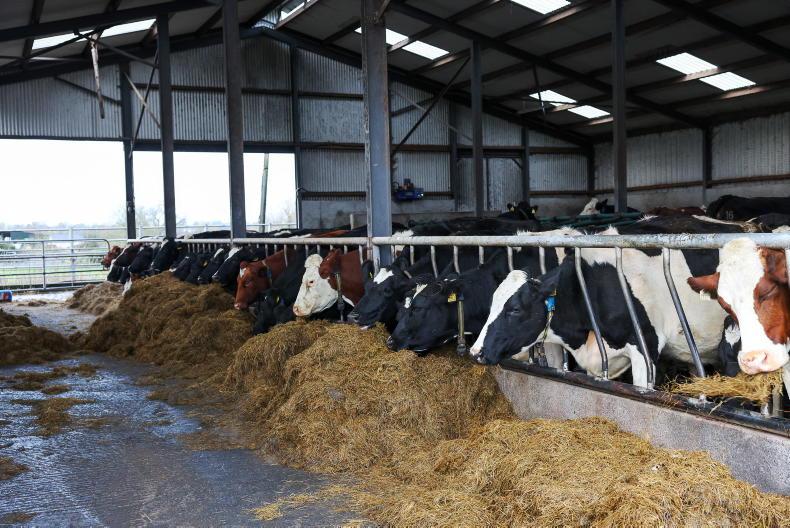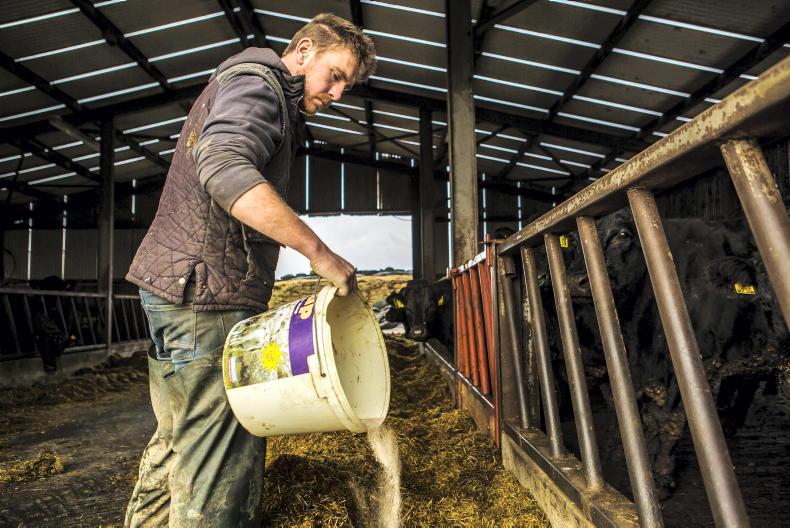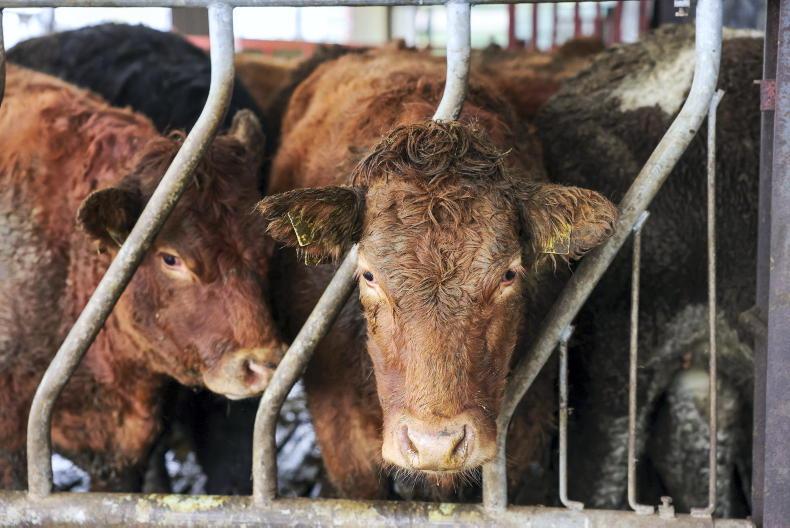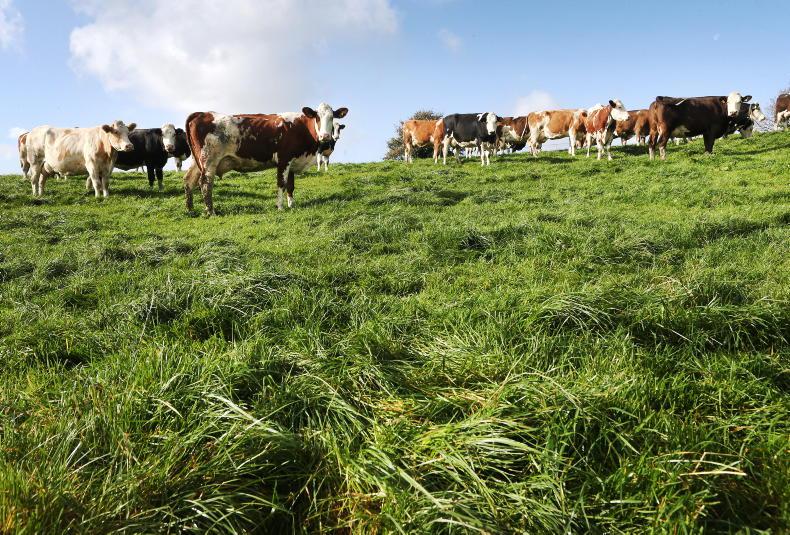Cow temperament can quickly change during and after calving as the animal’s maternal instinct quicks in.
That sudden change in temperament can catch farmers off guard, resulting in accidents.
Do not take cow behaviour for granted. Keep safety in mind at all times, especially when other family members are in the calving shed. Outlined are some safety tips to keep in mind.
1. Lock cows in a proper calving gate
A proper calving gate with a headlock and side access is a must for every farm. It is safer for the animal and anyone assisting the cow during labour.
Do not try to calve cows in a crush race, behind a feed gate or some other make-shift set up. You are just asking for trouble and the risk of serious injury increases.
The headlock will also make it safe to resuscitate a newborn calf, assist with feeding or ear tagging.
2. Moving cows to and from calving pens
Many farmers leave cows in group pens until they enter labour, then move to individual calving pens.
Shortly after calving, cows and their newborn progeny move back to group pens with access to bedded creep areas.
Having a well-designed unit will help move animals safely between sheds, especially when working on your own.
Moving freshly calved cows is more challenging when sheds are not side by side and animals have to cross a yard with open spaces.
Cows can become aggressive if they lose sight of their calf when it lags behind. In open space, there are few options to escape if the cow does decide to charge.
Moving cows in a trailer may be a safer option or simply delay movement until there is help available.
3. Have two escape points in a calving pen
If it is necessary to enter a pen to attend to a newborn calf, it is vital that there are at least two exit points, ideally on opposite sides to each other.
With one exit, it is easy for the cow to come between you and an escape point. If the cow becomes aggressive, there is a serious risk of being injured or worse.
4. Never turn your back on a freshly calved cow
When attending to a newborn calf and there is no option to restrain the cow, always move slowly and calmly. Sudden movements will raise the cow’s temperament.
Never stand between the cow and calf, breaking the line of sight between mother and her newborn. Always ensure you are facing the cow. Never, ever turn your back on the cow at any time.
5. Keep dogs away from the calving shed
Dogs can be seen as a threat, so keep them well away from the calving shed or loose housing where freshly calved cows are housed. Cow behaviour can become more temperamental as they look to protect their young.
Read more
Feeding cows in late evening to reduce night calvings
Five basics for every calving kit
Cow temperament can quickly change during and after calving as the animal’s maternal instinct quicks in.
That sudden change in temperament can catch farmers off guard, resulting in accidents.
Do not take cow behaviour for granted. Keep safety in mind at all times, especially when other family members are in the calving shed. Outlined are some safety tips to keep in mind.
1. Lock cows in a proper calving gate
A proper calving gate with a headlock and side access is a must for every farm. It is safer for the animal and anyone assisting the cow during labour.
Do not try to calve cows in a crush race, behind a feed gate or some other make-shift set up. You are just asking for trouble and the risk of serious injury increases.
The headlock will also make it safe to resuscitate a newborn calf, assist with feeding or ear tagging.
2. Moving cows to and from calving pens
Many farmers leave cows in group pens until they enter labour, then move to individual calving pens.
Shortly after calving, cows and their newborn progeny move back to group pens with access to bedded creep areas.
Having a well-designed unit will help move animals safely between sheds, especially when working on your own.
Moving freshly calved cows is more challenging when sheds are not side by side and animals have to cross a yard with open spaces.
Cows can become aggressive if they lose sight of their calf when it lags behind. In open space, there are few options to escape if the cow does decide to charge.
Moving cows in a trailer may be a safer option or simply delay movement until there is help available.
3. Have two escape points in a calving pen
If it is necessary to enter a pen to attend to a newborn calf, it is vital that there are at least two exit points, ideally on opposite sides to each other.
With one exit, it is easy for the cow to come between you and an escape point. If the cow becomes aggressive, there is a serious risk of being injured or worse.
4. Never turn your back on a freshly calved cow
When attending to a newborn calf and there is no option to restrain the cow, always move slowly and calmly. Sudden movements will raise the cow’s temperament.
Never stand between the cow and calf, breaking the line of sight between mother and her newborn. Always ensure you are facing the cow. Never, ever turn your back on the cow at any time.
5. Keep dogs away from the calving shed
Dogs can be seen as a threat, so keep them well away from the calving shed or loose housing where freshly calved cows are housed. Cow behaviour can become more temperamental as they look to protect their young.
Read more
Feeding cows in late evening to reduce night calvings
Five basics for every calving kit










SHARING OPTIONS